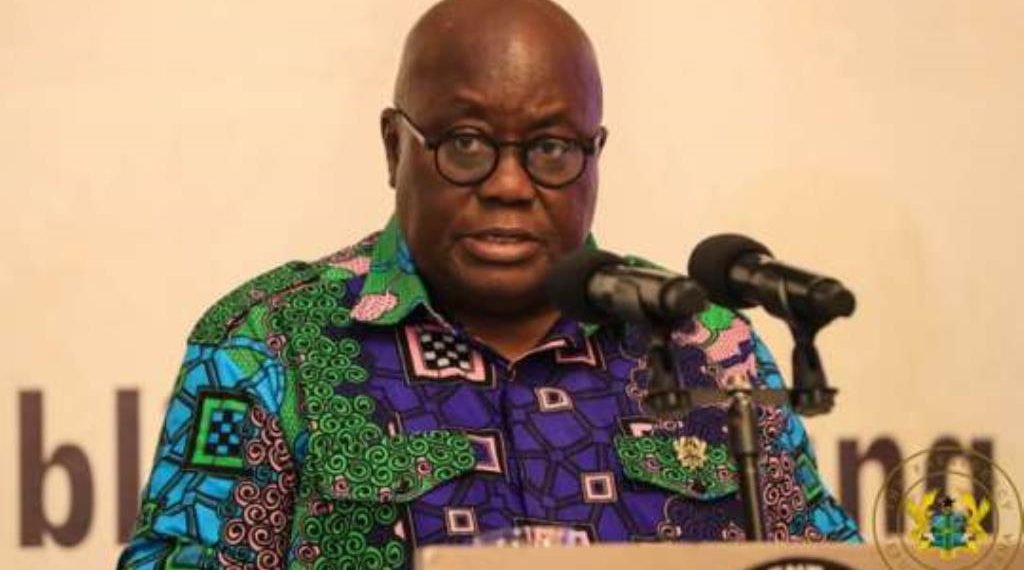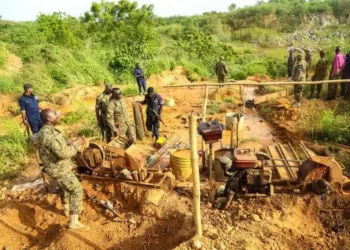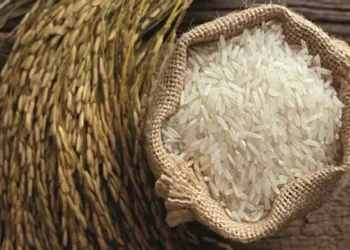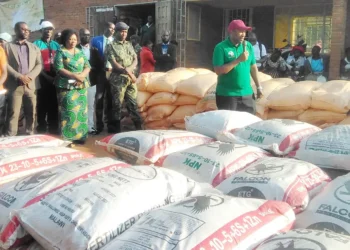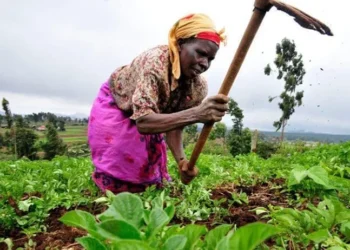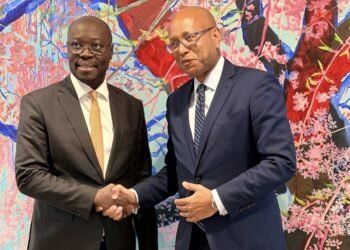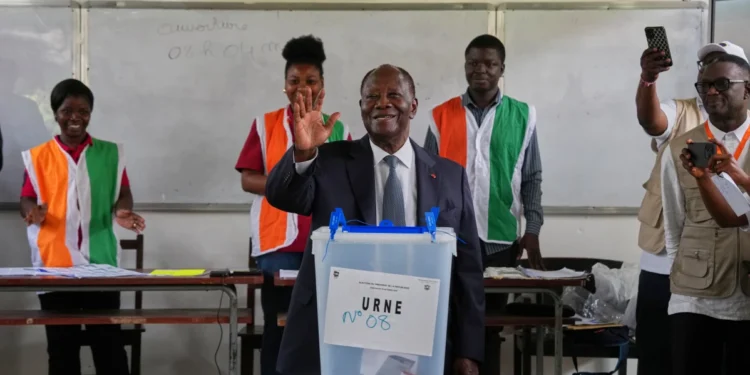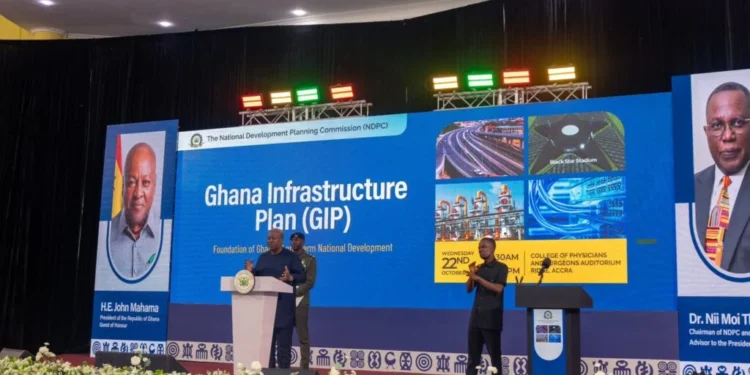The President, Nana Addo Dankwa Akufo-Addo, has revealed that the country is a now a net exporter of foods having exported 130,000 metric tonnes of 19 different food items, valued at about $90 million, to its neighbouring countries in 2018.
“Based on official records at the Statistics Research and Information Directorate of the Ministry of Food and Agriculture, Ghana exported some 130,000 metric tons of 19 different food items to neighbouring countries in 2018, valued at the equivalent of US$90 million. Reports of scores of traders from neighbouring countries in the ECOWAS Region doing brisk business in grains in the northern parts of the country are clear indications of the new business opportunities opening up in the country for agriculture,” he said.
Speaking at the 36th National Farmers Day Ceremony in Techiman in the Bono East Region, President Akufo-Addo attributed this development to the sound agricultural policies being implemented since his government assumed power in 2017. The President noted that, before the assumption of his office, the performance of the agricultural sector was low, evidenced by growth rates of 0.9% in 2014 and 2.9% in 2016 and that his Government took the bold decision to embark on a well-thought-through programme for the modernization and transformation of Ghana’s agriculture, which included increasing productivity on smallholding farms; enhancing food security; diversifying agricultural export earnings; promoting agro-industrialization and import substitution; and creating jobs for the youth.
“This led to the birth of the programme for ‘Planting for Food and Jobs’(PFJ), in April 2017, which provided strategic direction for realizing the stated objectives. The initial focus of the programme was to support the productivity and output of selected food crops, through the provision of heavily subsidized improved seeds and fertilizers. The PFJ has since evolved, over the years, to reflect the comprehensive nature of government’s strategy to improve agriculture with the introduction of five modules, i.e. food crops, Planting for Export and Rural Development (Tree Crops Module), Rearing for Food and Jobs (Livestock Module), Greenhouse Villages (Horticulture Module), and Farm Mechanization and Agro-processing (Mechanization Module)”, President Akuffo Addo said.
The President explained that all five modules have contributed to the creation of the vibrant agriculture we are experiencing in Ghana, although some of the modules yet to be fully implemented whilst highlighting the successes chalked by some of these modules.
“Today, our nation has banished the disgraceful spectre of importing tomatoes and plantain from Burkina Faso and Cote d’Ivoire respectively. We are now a net exporter of food, and our youth are venturing into fulltime agriculture” he said.
According to President Akufo-Addo, the food crops module has resulted in an appreciable increase in yields of selected staples, with those of maize and rice, for example, increasing by 110% and 48% respectively from 2016 to 2019, whilst local production of rice accounts for 50% of domestic demand, up from 32% as at 2017.
All of this, the President stressed, has been made possible by the substantial increase in the distribution of improved seeds to farmers, from 4,400 metric tons in 2016, to 18,333 metric tons in 2019, and 29,000 metric tons in 2020. With Ghana making considerable strides in its efforts to increase the use of fertilizer, from 8kg per hectare in 2016 to 20kg per hectare at the end of 2019, he indicated that his government has, since 2017, recruited 2,700 extension officers, translating into an improved extension officer to farmer ratio, from 1:1,908 in 2016, to 1:706 presently. Another major intervention under the food crop module has been the construction of 81,000 metric tonnes capacity warehouses throughout the country to help address the problem of post-harvest losses thereby helping to guarantee farmer’s income, enhancing marketing and encouraging food processing.
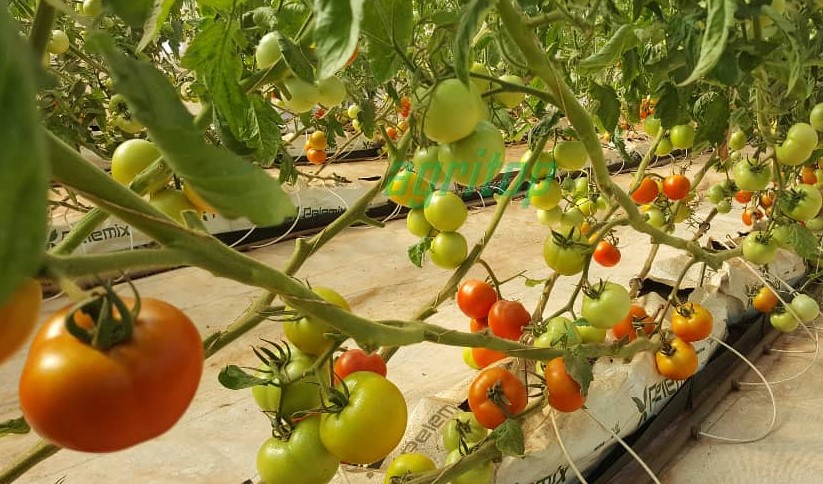
Touching on the tree crops module of PFJ, popularly referred to as ‘Planting for Export and Rural Development’ (PERD), which he launched in April 2019, President Akufo-Addo stated that the government has taken the decision to develop cashew, coffee, shea, mango, coconut, rubber and oil palm into cash crops, with the objectives of diversifying export earnings from the tree crop sector and developing rural economies.
“The target for each of these selected crops is to earn a minimum of US$2 billion each year from 2028. This target translates to a total of some US$14 billion annually, compared to the US$2.3 billion from cocoa today,” he added. The government has established the Tree Crop Development Authority to help achieve this target.
This added focus, he emphasized, “does not mean turning our back on the crop that has been the mainstay of the Ghanaian economy for over a hundred years – cocoa”, evidenced in the establishment of the $600 million National Cocoa Rehabilitation programme and the payment of a living income differential pricing mechanism to cocoa farmers resulting in an increase in the producer price for a bag of cocoa from GH¢415 to GH¢660, the highest ever in the nation’s history.
Explaining the rationale for the establishment of the Livestock module, President Akufo-Addo indicated that the purpose of the module is to scale up local production of poultry and livestock, as well as to reduce the country’s dependence on meat imports, valued annually at US$340 million.
“Commencing in 2019, with the distribution of improved breeds of small ruminants, pigs and cockerels to farmers throughout the country, Government is currently facilitating access to concessionary loans for value chain actors to support production, processing and marketing of meat products. At full-scale, it is projected to reduce progressively the importation of meat products in the country by up to 70% by the year 2025”, he said.
President Akufo-Addo mentioned that his government is promoting the greenhouse village concept to ensure the production of high value vegetables for local consumption, and to enhance the competitiveness of Ghana’s horticulture products on the international market.
“I have, thus far, commissioned three (3) greenhouse villages at Dawhenya in the Greater Accra Region, Akumadan in the Ashanti Region, and Bawjiase in Central Region. Two hundred and ninety-six (296) university graduates and diploma holders have been trained, with one hundred and ninety (190) of them benefiting from an eleven (11) month paid internship in the Kibbutzim in Israel,” he added.
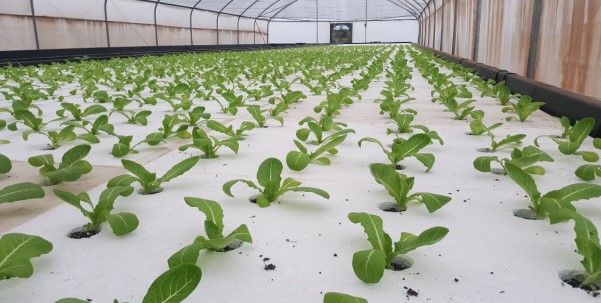
In order to move away from the dependence on manual labour that smallholder farmers have become accustomed to, President Akufo-Addo stated that Government, through the More Food Programme, has supplied 230 tractors and 11,450 assorted machinery and equipment from Brazil, since 2017. He declared that concessionary agreements have been concluded with India and the Czech Republic for the supply of a large consignment of farm and processing machinery, including hand-held farm implements to be sold at a subsidized rate.
“From 2021, the Exim Bank of India will facilitate the supply of farm machinery, agro-processing and other value-adding machines to the tune of one hundred and fifty million United States dollars (US$150 million),” he said.
Giving account on some of the other interventions put in place by government to boost the development of agriculture, President Akuffo Addo indicated that since independence Ghana has put only 3.2% of its arable land under irrigation, informing his government’s introduction of the ‘one village one dam (1V1D) programme‘ to help shift the rain-fed agriculture to irrigation and in turn mitigate the effects of the climate change on crop production. He stated that since 2017, the Ghana Irrigation Development Authority (GIDA) has completed 10 out of 14 small dams, and further pointed out that the rehabilitation of the Kpong Left and Right bank irrigation schemes and the Tono irrigation scheme is ongoing, and, once completed, 7,690 hectares of land will be put under irrigation.
“Government has also initiated the construction of the Pwalugu Multipurpose Dam, which will put an additional 24,000 hectares of land under irrigation. Additionally, the Ministry of Special Development Initiatives has constructed some 500 small dams in the Northern Regions of Ghana,” he added.



